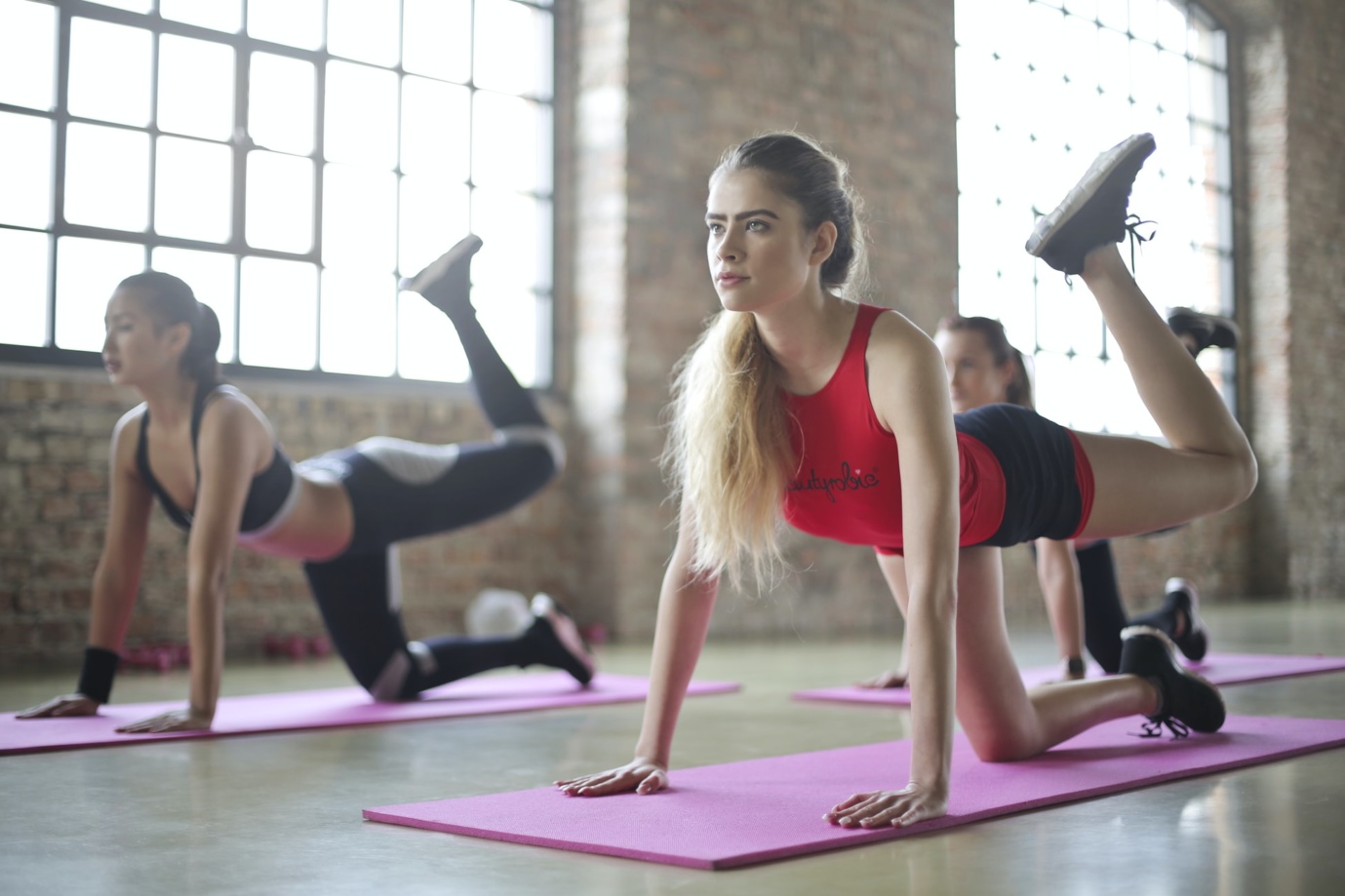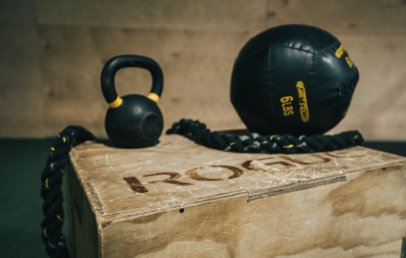
How many flavors of stretching are there?
For some reason, every time I heard about yoga growing up, there was always a mention of Pilates in the same sentence. This isn’t so much the case any more, but I do kind of get where it came from; yoga and Pilates use similar base concepts, focusing on stretching and bodyweight resistance. However, the primary difference between the two is their application.
Compared to yoga, Pilates has a greater emphasis on recovery and strengthening than relaxation and flexibility. Fun fact, Pilates was originally invented by a guy named Joseph Pilates after the first World War as a means of physical rehabilitation for wounded soldiers. As opposed to the large, stretching motions of yoga, Pilates makes greater use of stabilizing core muscles to perform short, simple motions. Studies show that regular performance of Pilates is beneficial for those who suffer from joint pain and poor balance and posture. There’s obviously some overlap in potential benefits between yoga and Pilates, but Pilates has been shown to be helpful in the treatment of back pain, joint injuries, and more. This is why Pilates is more readily recommended for older folks or those who may be in recovery from a major bodily injury.

Yoga, on the other hand, can be performed by pretty much anyone at any time. In addition to the obvious improvements in flexibility that yoga brings about, it’s also a common choice for those suffering from anxiety. Yoga’s motions are designed to help oxygen circulate through the body more fully, which relaxes and centers the mind. This is probably why yoga has been practiced for thousands of years by spiritualists all over the world; the calm and peace brought about by yoga are fantastic for training your mind, as well as your body.




